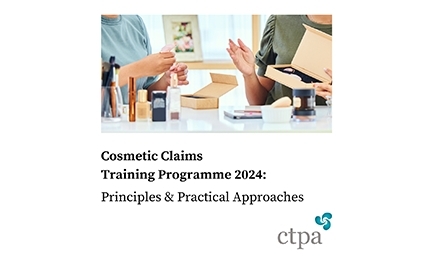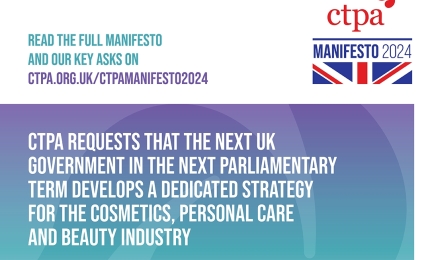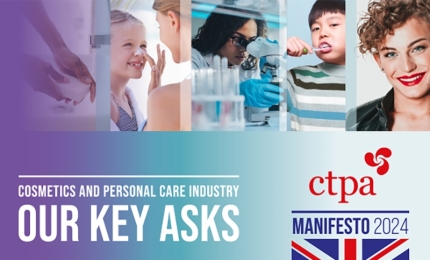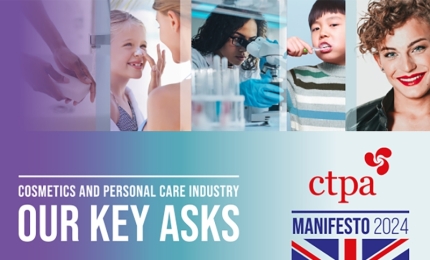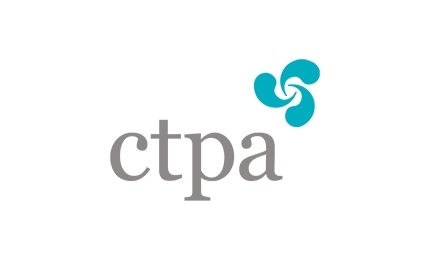Find us on...
By Nico Shaw Núñez, Head of International Growth and Regulatory Services at CTPA
 How label literate are you? Did you know that the little symbols, signs and letters on your favourite cosmetics and personal care products can offer some BIG benefits? To you - and also to the planet!
How label literate are you? Did you know that the little symbols, signs and letters on your favourite cosmetics and personal care products can offer some BIG benefits? To you - and also to the planet!
If that sounds like something worth a few minutes of your attention, then this is the blog for you.
Can you check for product safety and performance?
Let’s begin by talking about endings! Do you know when it’s time to say goodbye to your product? Here are some helpful label hints…
In the UK and EU, cosmetic products do not have expiry dates. However there is an indication of how long your product should last. If your cosmetic or personal care product has a lifespan of less than 30 months then the label legally has to include one of two things: the letters BBE (best before end) or sometimes an egg-timer symbol with the date that the product expires.
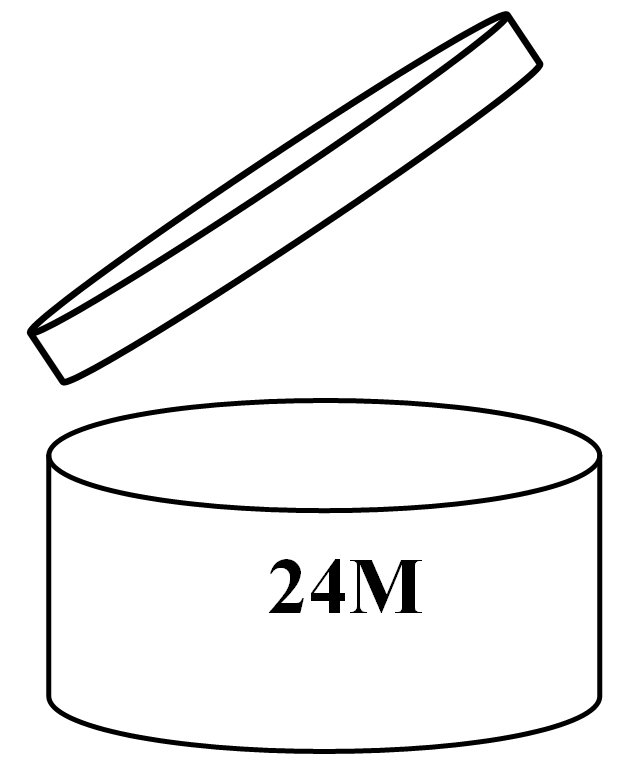 If your product has a lifespan of more than 30 months, which is actually most cosmetic products, you’re likely to find a PAO symbol instead. This looks like a pot with an open lid and has a number inside or underneath that lets you know the PAO: the ‘period after opening’ for which your product will stay safe to use and still perform as you’d expect. This could be 6M, 12M (12 months) or 24M (24 months) or even longer.
If your product has a lifespan of more than 30 months, which is actually most cosmetic products, you’re likely to find a PAO symbol instead. This looks like a pot with an open lid and has a number inside or underneath that lets you know the PAO: the ‘period after opening’ for which your product will stay safe to use and still perform as you’d expect. This could be 6M, 12M (12 months) or 24M (24 months) or even longer.
We’re often asked whether the PAO matters - and our answer is always the same. Yes! The products you enjoy on your skin, hair, teeth and more every day are created under very particular conditions, which means when you buy them, they haven’t been contaminated by microorganisms (bacteria, yeast and moulds).
From the very first time you open them, the PAO clock starts ticking because you start to introduce those microorganisms. How? Through everyday use. For example, when you put your toothbrush at the end of the toothpaste tube. Dip your fingers in your favourite shave cream. Or add an applicator brush to your blusher.
The scientists that make your product calculate how susceptible its ingredients are to contamination and how effective the preservation systems are; and use that information to work out how long the products will last when opened. Of course, it’s probable that your product may still be safe or continue to work after that period. But why take the risk?
Sometimes neither a PAO nor a Best Before date are needed at all because of the types of ingredient or packaging used. Good examples of this are pure oil and aerosols, neither of which have a formal lifespan. In this case, you won’t see any lifespan guidance on the label.
Can you play your part in reducing waste?
Now you know when to dispose of your product, but what should you do with it when that time comes? Once again, a little label literacy goes a long way.
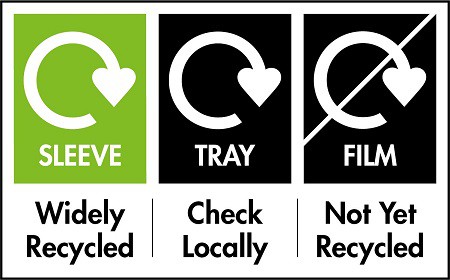 Spot a circular arrow on either a green or black background on your label? That’s letting you know that all - or some- of your product can be recycled. Alongside it, you’ll often find some extra information: which parts of the product you can recycle; and how or where you can do this. You may be able to add the packaging to your ordinary household recycling or you may be directed to special services such as take-back schemes.
Spot a circular arrow on either a green or black background on your label? That’s letting you know that all - or some- of your product can be recycled. Alongside it, you’ll often find some extra information: which parts of the product you can recycle; and how or where you can do this. You may be able to add the packaging to your ordinary household recycling or you may be directed to special services such as take-back schemes.
In the future, recycling information is set to become mandatory on labels, and recycling symbols will become standardised in the UK. The idea is to make it even easier to play our part in reducing waste. In the meantime, if you’re ever unsure how to dispose of your product, the Customer Care Line on your pack can always offer help.
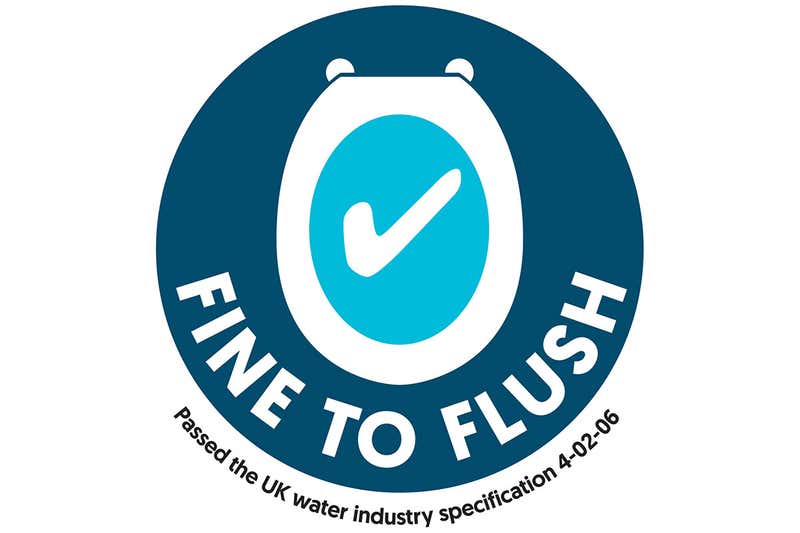 Lastly, if the product you’re using is a wipe, it’s important to check for information on how to dispose of it correctly; most wipes are not suitable to be flushed down the toilet because they can cause blockages which lead to all sorts of problems. Some moist toilet tissues are suitable to flush, but wipes for any other purpose should be disposed of in the bin. Check for a ‘Fine to Flush’ logo, and if you are unsure, it’s better to be on the safe side and throw it in the bin.
Lastly, if the product you’re using is a wipe, it’s important to check for information on how to dispose of it correctly; most wipes are not suitable to be flushed down the toilet because they can cause blockages which lead to all sorts of problems. Some moist toilet tissues are suitable to flush, but wipes for any other purpose should be disposed of in the bin. Check for a ‘Fine to Flush’ logo, and if you are unsure, it’s better to be on the safe side and throw it in the bin.
Can you check whether ingredients are safe for you?
All ingredients used in cosmetic and personal care products must be safe. However, it is important to consider our individual needs. We’re all made differently, which means our bodies can react differently to the ingredients in everyday products.
In fact, the NHS estimates that as many as one in four people in the UK will be affected by an allergy at some point in their lives, while others can be sensitive to certain ingredients.
The good news is that the law says cosmetics and toiletry makers must list the ingredients in your product on its label. These ingredients are named in a standard way across the UK,the EU and other countries too (the official set of names is called the INCI, International Nomenclature of Cosmetic Ingredients, list).
What’s more, for certain ingredients that are known to be more common allergens they’ll usually be called out clearly in the ingredients list.. This means when you’re standing at the shelf you can quickly spot whether to splurge… or swerve.
What’s the label low-down on cruelty free?
Last of all, what sort of label should you look for to make sure your product’s cruelty-free? Put simply: there is no need to look at the label as animal testing is not legal in the UK - and this has (thankfully) been the case for many years and will not be changing.
The reason you don’t need to check for a ‘not tested on animals’ claim on the label is because the rules say you cannot claim something particular for your product that is in fact just complying with the law.
So to be clear, you can always feel confident that to comply with the law product makers won’t have tested on animals.
There you have it. Label literacy level one! It turns out that sometimes it IS worth sweating the small stuff because the small symbols on your labels can make a BIG difference to your products’ performance, your health - and even the health of our planet.



